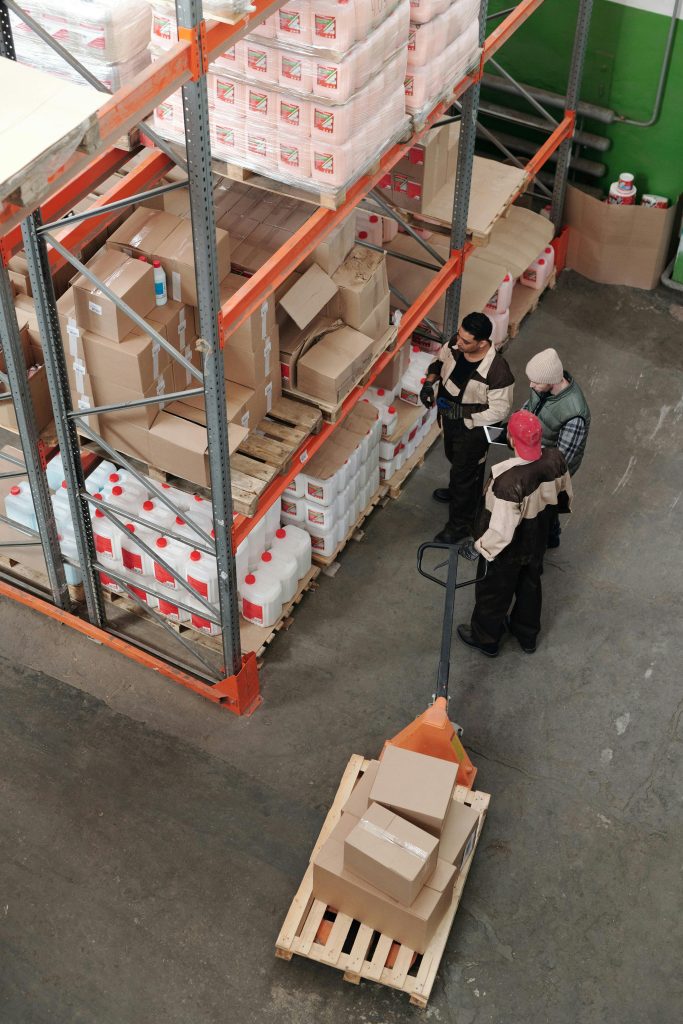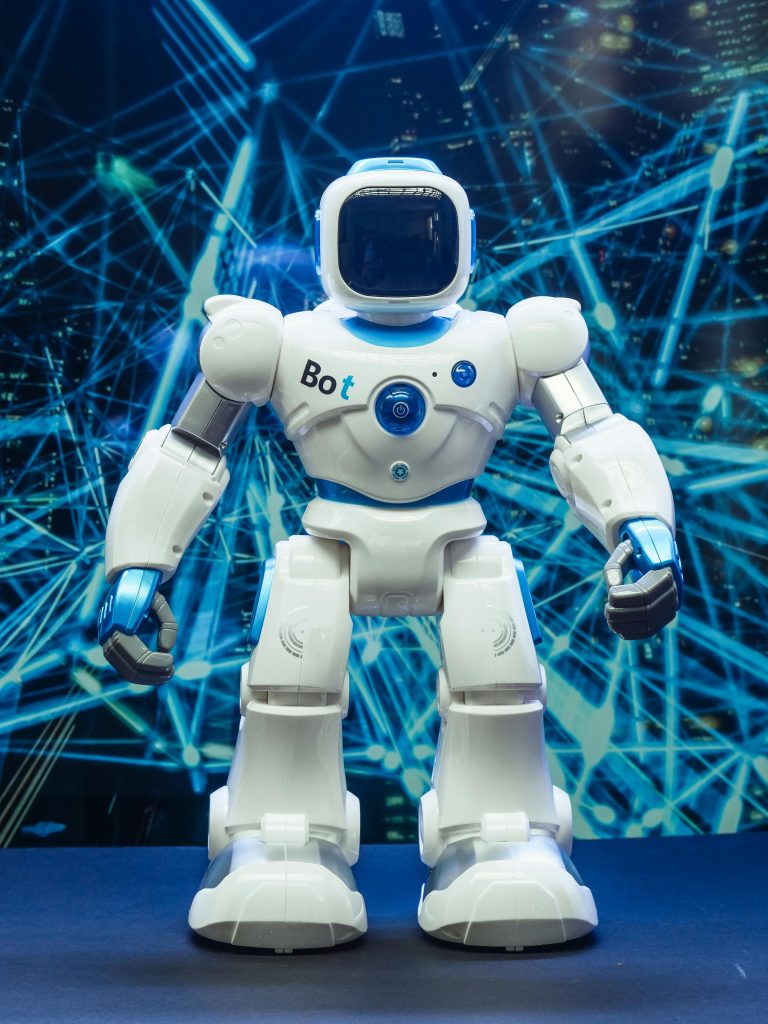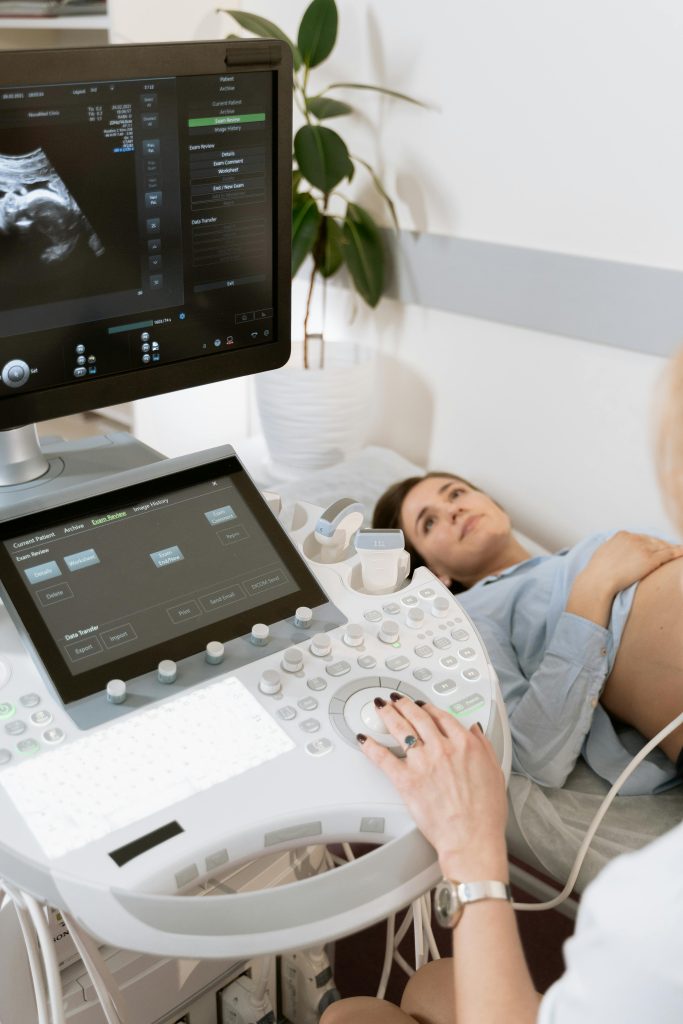The Human Impact of Automation on Global Job Markets
Table of Contents
- 1 The historical context of automation
- 2 The Range of Modern Automation
- 3 Automation in Manufacturing
- 4 Automation in Services
- 5 Automation and the gig economy
- 6 Economic implications of automation
- 7 The future of work
- 8 Education and Skill Training
- 9 Ethical and Social Issues
- 10 Global Perspectives on Automation
- 11 Case Studies of Automation in Various Countries
- 12 Policy responses to automation
- 13 Business Strategies for navigating automation
- 14 The human element in an automated world:
- 15 Conclusion

Photo by Anamul Rezwan: https://www.pexels.com/photo/people-stands-near-green-metal-industrial-machine-1087083/
Global labor markets are changing due to automation, which is experiencing a major shift the way we work. Imagine a world where AI and robotics handle repetitive tasks, allowing people to focus on strategic and creative responsibilities. Although this move is expected to increase productivity and efficiency, concerns about inequality and job displacement are also raised. How can we get over these challenges and make the most of automation’s promise for a better future?
The historical context of automation
A historical viewpoint is required to understand the implications of automation, both present and future. The first major wave of automation, bringing in mechanized industries and changing farming societies, was the Industrial Revolution of the 18th and 19th centuries. The process of urbanization and new job categories were brought about by the evolution of factories and mass production. But this time also saw a large number of artisanal and agricultural employment lost, showing the conflicting effects of technological advancement.
During the 20th century, automation, assembly lines, and the digital revolution progressed, changing industries and boosting output. Powerful robotics and artificial intelligence (AI) are about to usher in a new era where job markets will be completely transformed for the first time in history.

Photo by Tiger Lily: https://www.pexels.com/photo/men-working-in-a-warehouse-4481258/
The Range of Modern Automation
There are many different technologies and applications used in modern automation. Machines may now carry out tasks that were previously limited to people thanks to robotics, artificial intelligence, and machine learning. The manufacturing process is made more precise and efficient by automated assembly lines and robotic arms. Business-client interactions are being changed by AI-powered chatbots and automated customer service solutions.
It is particularly important when artificial intelligence is used in data analysis and decision-making processes. Massive amounts of data are looked at by AI systems at previously unheard-of rates, and the patterns and insights they uncover drive innovation and strategic planning. In the finance industry, artificial intelligence (AI) is used for fraud detection, algorithmic trading, and predictive analytics, which is changing the industry and its responsibilities.

Photo by Kindel Media: https://www.pexels.com/photo/full-shot-of-robot-toy-8566474/
Automation in Manufacturing
Manufacturing has always been at the forefront of automation, which has major effects for labor markets. Robotics and automated machinery have changed manufacturing processes, lowering costs and increasing productivity while also replacing many manual and repetitive jobs. The auto industry is an excellent instance of this shift, with assembly lines—which were formerly manned by human workers—being controlled by robotic arms that execute tasks with rarely seen precision and speed. This shift has resulted in the creation of new jobs in robot programming and maintenance while also avoiding traditional industrial jobs.
Automation’s power is demonstrated by advanced manufacturing technologies like Internet of Things (IoT) and 3D printing. Traditional manufacturing requires more effort, while 3D printing allows for the quick design and manufacture of complex objects. By allowing real-time production monitoring and optimization, IoT connects machines and systems, boosting efficiency. However, it lessens the need for human intervention as well.
Automation in Services
The service sector, which includes industries like banking, healthcare, and retail, is likewise greatly affected by automation. By doing away with the need for cashiers and stock clerks, self-checkout kiosks and automated inventory management systems improve retail operations.
The healthcare sector is also greatly impacted by automation. AI-driven diagnostic systems correctly assess medical data and pictures, assisting physicians in the identification and management of illnesses. In order to increase accuracy and reduce recovery periods for patients, robots are used during surgeries. The outcomes for healthcare are improved by these advancements, but they also call for the learning of new skills and the capacity to adapt to changing roles.
Everything in banking has changed as a result of automation, including complex trading processes and customer support. While complicated algorithms do high-frequency trading and make snap judgments based on huge datasets, chatbots driven by AI handle regular customer inquiries. As a result of these developments, the demand for data scientists and AI specialists is rising in the financial industry, while traditional positions are becoming less relevant.

Photo by MART PRODUCTION: https://www.pexels.com/photo/photo-of-ob-gyn-doing-a-test-7088841/
Automation and the gig economy
Automation interacts with the gig economy, which is characterized by freelance work and short-term contracts, in a number of complex ways. Automated job matching is used by platforms such as TaskRabbit, Uber, and Lyft. Still, the gig economy shows how unstable employment is in an automated environment.
While automation increases productivity and provides more flexible work arrangements in the gig economy, it also results in job insecurity and lower worker benefits. The income of gig workers may be unstable, and they might not have full access to benefits like health insurance and retirement programs. The future of employment and the need for regulation to protect gig workers in a becoming less manual economy are major concerns raised by this development.
Economic implications of automation
The distribution of income, economic growth, and productivity are all greatly affected by automation. Positively, automation boosts economic growth, creates new industries, and generates wealth by allowing businesses to produce more with less.
The benefits of automation are not shared equally, though. The demand for low-skilled labor falls as machines take over routine tasks, which causes loss of jobs and pay stagnation in some labor markets. On the other hand, highly skilled workers who design, oversee, and maintain automated systems are in greater demand and are paid more. There’s a chance that this polarization will make social tensions and wealth imbalance worse.
The future of work
The nature of labor is certain to change; jobs related to routine and repetitive tasks are most at risk of automation, while positions involving creativity, critical thinking, and human connection are less likely to be replaced by robots. As a result, in order to survive in an automated economy, the future worker must adjust and acquire new skills and abilities. The future of labor in an automated society is a topic of much debate and guessing. Some analysts predict that automation will result in a net loss of jobs as robots replace humans in a variety of sectors.
Education and Skill Training
In order to prepare workers for a world that is becoming more automatic, education and skill training are essential. Traditional education systems, which often point out memorizing and repetition, may not be enough. Instead, there is a growing demand for education that promotes critical thinking, problem solving, and flexibility. Lifelong learning will become even more important as workers must constantly update their skills to stay up to date with recent advances in technology. Businesses, governments, and educational institutions must collaborate to provide affordable, easily accessible training programs that help people transition to new roles in an automated economy.
Ethical and Social Issues
There are plenty of social and moral problems raised by the growth of automation. There are worries about loss of jobs and rising unemployment as machines take on more tasks. To solve these problems, policymakers and business leaders need to come up with plans for a seamless shift for the impacted staff.
Adopting legislation that provide social safety nets, training programs, and unemployment insurance to those who have been affected by technology is one method to help. The moral implications of automation and AI, including problems with privacy, security, and bias, must also be addressed. Making sure automated systems are open, equal, and accountable is necessary to win over the public’s trust and acceptance.
Global Perspectives on Automation
Depending on factors including government policy, sector structure, and economic development, the effects of automation on labor markets change depending on the region and nation. In developed countries, automation changes high-tech industries and boosts production, but it also offers problems for those with low skill levels.
In developing countries, automation brings both advantages and disadvantages. On the one hand, automation helps developing countries catch up to more industrialized nations by boosting economic growth and productivity. In contrast, rapid automation adoption carries the risk of challenging established companies and creating a large-scale loss of jobs, particularly in labor-intensive industries.
Case Studies of Automation in Various Countries
Analyzing case studies from different nations helps to provide light on various implications of automation. For instance, the automotive sector in Germany is leading the way in the adoption of robotics and automation, which boosts competitiveness and productivity but calls for skilled workers to oversee and maintain new technology.
In contrast, nations like China and India have new challenges and opportunities. Automation is changing industries in India, including manufacturing and IT, but the nation still has difficulties in creating enough jobs to support its expanding population. Although China’s strong drive toward automation, especially in the industrial sector, aims to move the nation up the value chain, it also creates questions about loss of jobs and the future of the labor market.
Policy responses to automation
In order to support the shift to an automated economy, governments are essential. While ensuring that the benefits of automation are split up fairly, effective policy responses can help reduce some of its negative effects. Possible steps for policy include:
- Investing in Education and Training: granting workers access to programs for education and skill development that will help them become ready for their future employment.
- Supporting Displaced Workers: supplying workers affected by automation with job training, unemployment benefits, and other forms of support.
- Boosting Inclusive Growth: establishing laws to guarantee that society as a whole shares in the advantages of automation, thereby reducing inequality in earnings and strengthening unity among people.
- Encouraging Innovation: establishing conditions that encourage creativity and the development of new sectors of the economy, which opens up new job opportunities.
- Regulating AI and automation: To ensure that AI and automation are used morally and openly, this calls for the creation of moral guidelines and norms.

Photo by fauxels: https://www.pexels.com/photo/high-angle-shot-of-group-of-professionals-3183172/
The landscape of business has shifted due to automation, and this requires adaptability. This means coming up with new strategies for taking advantage of automation to obtain an advantage over the competition, investing in new technology, and changing how things work within companies. Important factors for business include:
- Reskilling and upskilling employees: This means making training program investments to help staff members pick up new skills and adjust to shifting roles.
- Embracing Innovation: always looking into and using new technologies to boost productivity and drive expansion.
- Fostering an Adaptable Culture: creating an environment at work that values ability to adapt, ongoing education, and creativity.
- Stakeholder collaboration: To address the promise and difficulties of automation, collaboration with governmental bodies, academic institutions, and other interested parties is required.
- Ensuring Ethical Technology Use: Ensuring the ethical and transparent use of automation and artificial intelligence through the establishment of ethical standards and policies..
The human element in an automated world:
In many areas of the workplace, the human element remains important even with major improvements in technology. It is less common for jobs requiring sensitive problem-solving, creativity, and creativity to be fully automated. Moreover, human judgment and decision-making play an important part in automated system management and supervision.
Human roles in the workplace have an opportunity to be changed as automation changes labor markets. People can undertake more fulfilling and meaningful work that makes use of uniquely human qualities instead of concentrating on regular and unimportant duties. This change calls for business and social change that prioritizes creativity, teamwork, and lifelong learning.
Conclusion
The effects of automation on the world’s labor markets are broad and varied. Automation raises questions regarding job loss, income inequality, and the need for new skills even as it presents significant opportunities for increased productivity and economic growth. To ensure that the advantages of automation are shared fairly and that workers are equipped to succeed in an automated economy, governments, businesses, and educational institutions must work together to navigate this change.
We need to maintain a healthy balance between our dedication to morals and equality and our quest of progress in technology as we go forward. By developing an environment that values flexibility and lifelong learning, we can use automation to our advantage and build a creative, equitable workplace of the future.




